Microsoft Surface Pro 7 hands-on review: The best 2-in-1 ever?
USB-C and 10nm Ice Lake spell big things for the latest Surface Pro

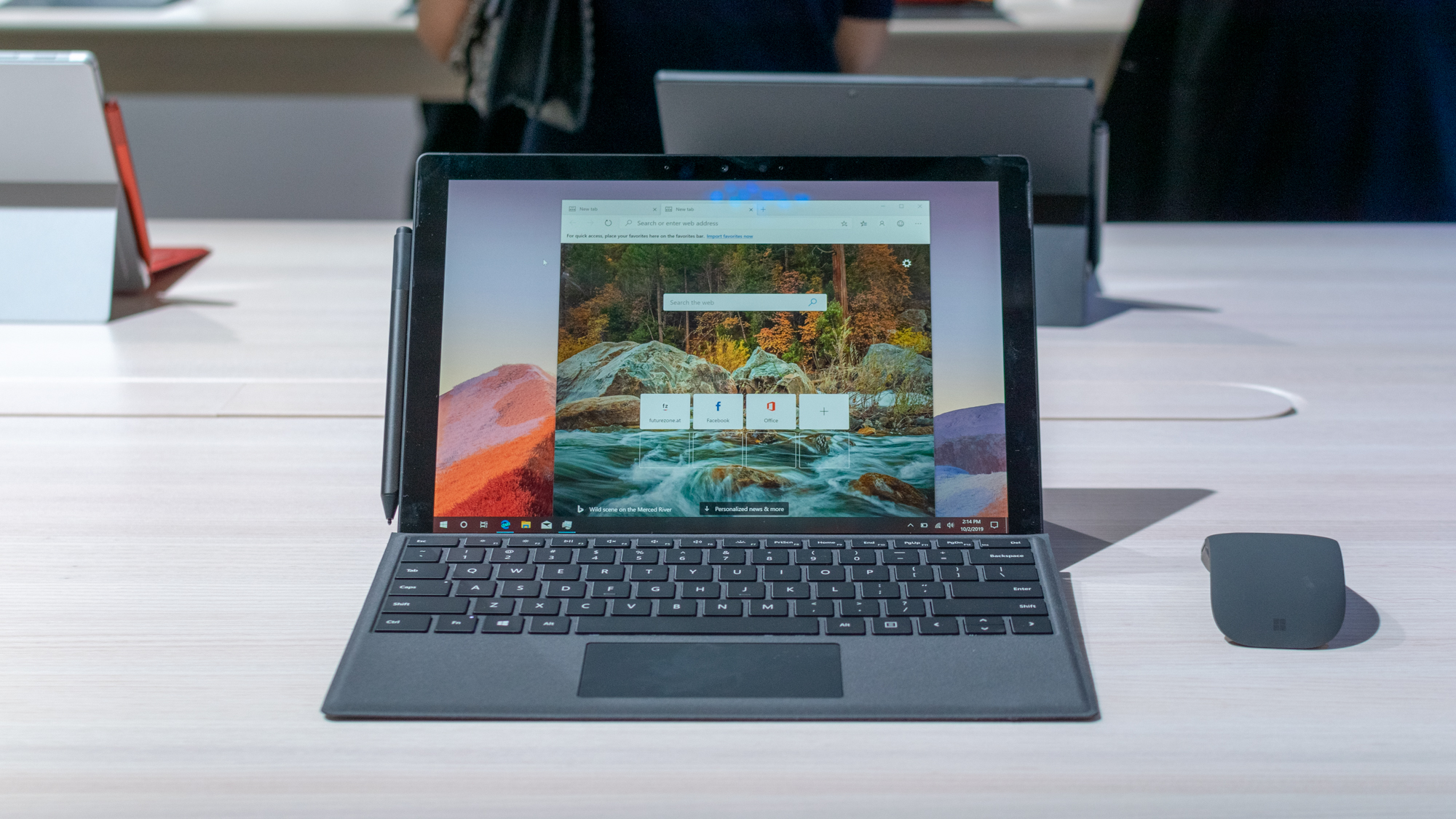
Spare a thought for the poor Surface Pro 7; once the crown jewel of Microsoft's first-party hardware, the launch of the latest iteration has been somewhat overshadowed by news of the long-rumoured 'Surface phone', a foldable tablet and a Snapdragon-powered Surface Pro.
There are some very good reasons why you should be paying attention to the surface Pro 7, however. Not only has it fixed one of the range's biggest and most glaring issues, it's also beefed up its performance capabilities with some seriously promising internal hardware. It's available to pre-order now and hitting shelves 22 October, with a starting price of $749 - so what does it have in store?
Microsoft Surface Pro 7 hands-on review: Design
Microsoft evidently hit on a winning formula with the design of the Surface Pro range, and it has remained largely unchanged for the past several years. The Surface Pro 7 does not break with this tradition, and you may struggle to tell this device apart from its predecessor by looks alone. There's one key difference in terms of the available ports - which we'll talk more about later - but beyond that, it sports the same smooth planes and sharp angles that have defined the Surface Pro for years.
It's practically identical in terms of size and weight, too. It's 8.3mm thick with a weight of 775g (or 790g for the Core i7 version), which sounds nice and lightweight, but bear in mind that this doesn't take the TypeCover into account. With that included it goes up to around 1kg in weight and roughly 13mm thick - not exactly bloated, but not as featherweight as it appears.
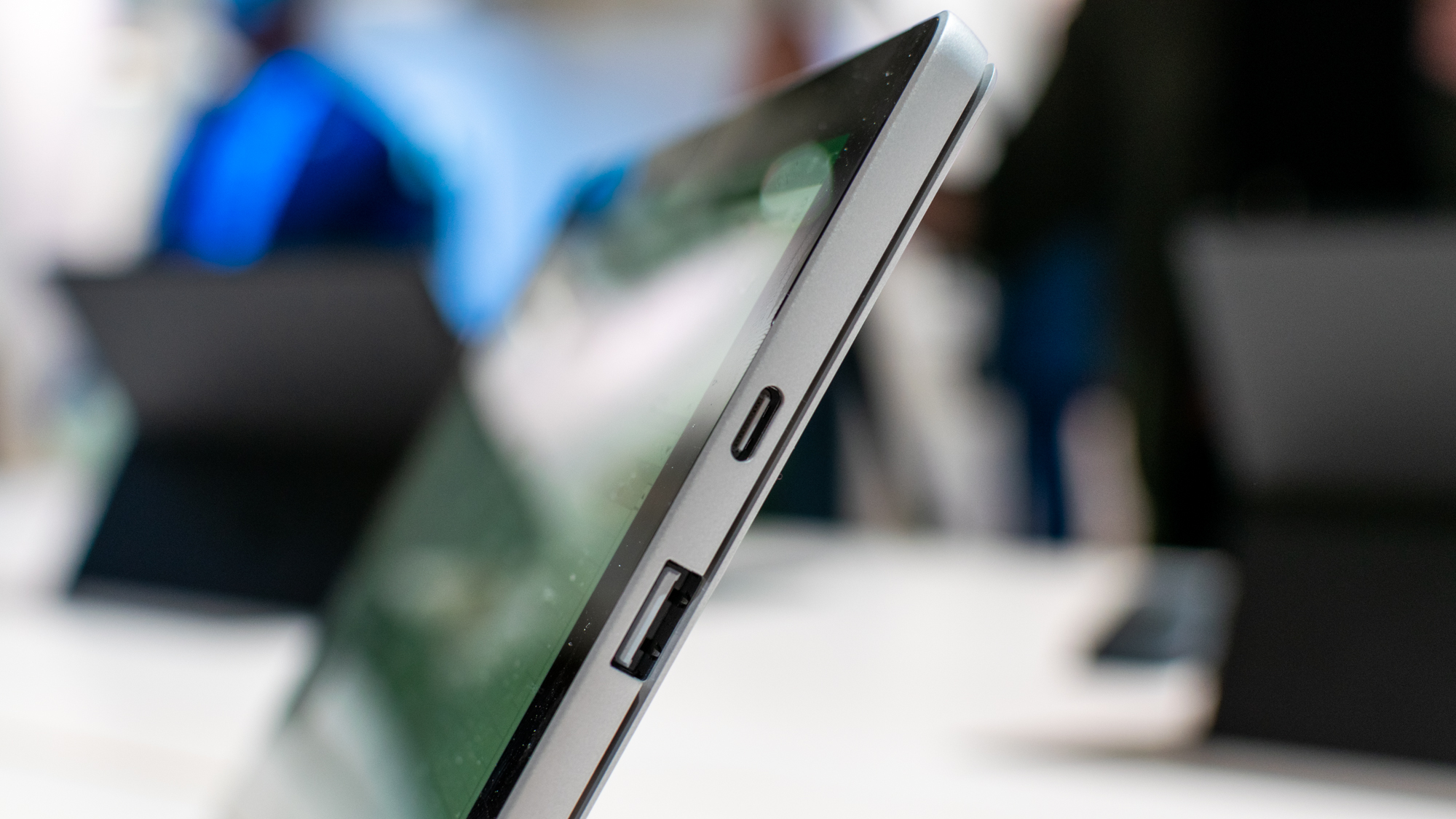
Still, that's a relatively small gripe and on balance, the Surface Pro 7 is still one of the best-designed 2-in-1s on the market. It looks sleek, professional and distinctive, and it's portable enough to be convenient without sacrificing any of its reliability or functionality.
Microsoft Surface Pro 7 hands-on review: Display
There's not much to say about Pro 7's screen; it's still a 12.3in panel with a 2,736 x 1,824 resolution, so not much appears to have changed on the technical front. However, the same was true of the Surface Pro 6, and that display still managed to score slightly worse than its predecessor for visual quality.
The display has traditionally been a high point of Microsoft's Surface devices, so hopefully the company has managed to address this with the Pro 7. Initial impressions are good - brightness, clarity and colour representation all look strong - but it's difficult to say for sure without properly testing the display with a colourimeter.
Sign up today and you will receive a free copy of our Future Focus 2025 report - the leading guidance on AI, cybersecurity and other IT challenges as per 700+ senior executives
Microsoft Surface Pro 7 hands-on review: TypeCover keyboard and Surface Pen
Again, there's very little to say here that we haven't said about the Surface Pro 6's TypeCover and Surface Pen accessories, as they don't appear to have changed particularly. Both still offer an excellent experience; the Pen is fantastically sensitive for detailed graphics work and the keyboard - including 1.3mm travel distance - is the most satisfying typing experience we've seen on a 2-in-1 to date.
The biggest change is that the Pen and TypeCover are now available in a range of additional colours, including 'Poppy Red', 'Ice Blue' and 'Light Charcoal'. The new red accessories are particularly eye-catching, and they're all backwards-compatible with previous Surface devices.
Microsoft Surface Pro 7 hands-on review: Specs and hardware
Last year's Surface Pro bumped the processor from dual-core to quad-core, but the newest model looks set to offer another significant change. That's because it will come with Intel's latest 10th-gen Ice Lake processors - the first of its new 10nm range. That promises a fairly major speed boost, and although it's hard to know exactly how much, we're expecting it to be very snappy indeed.
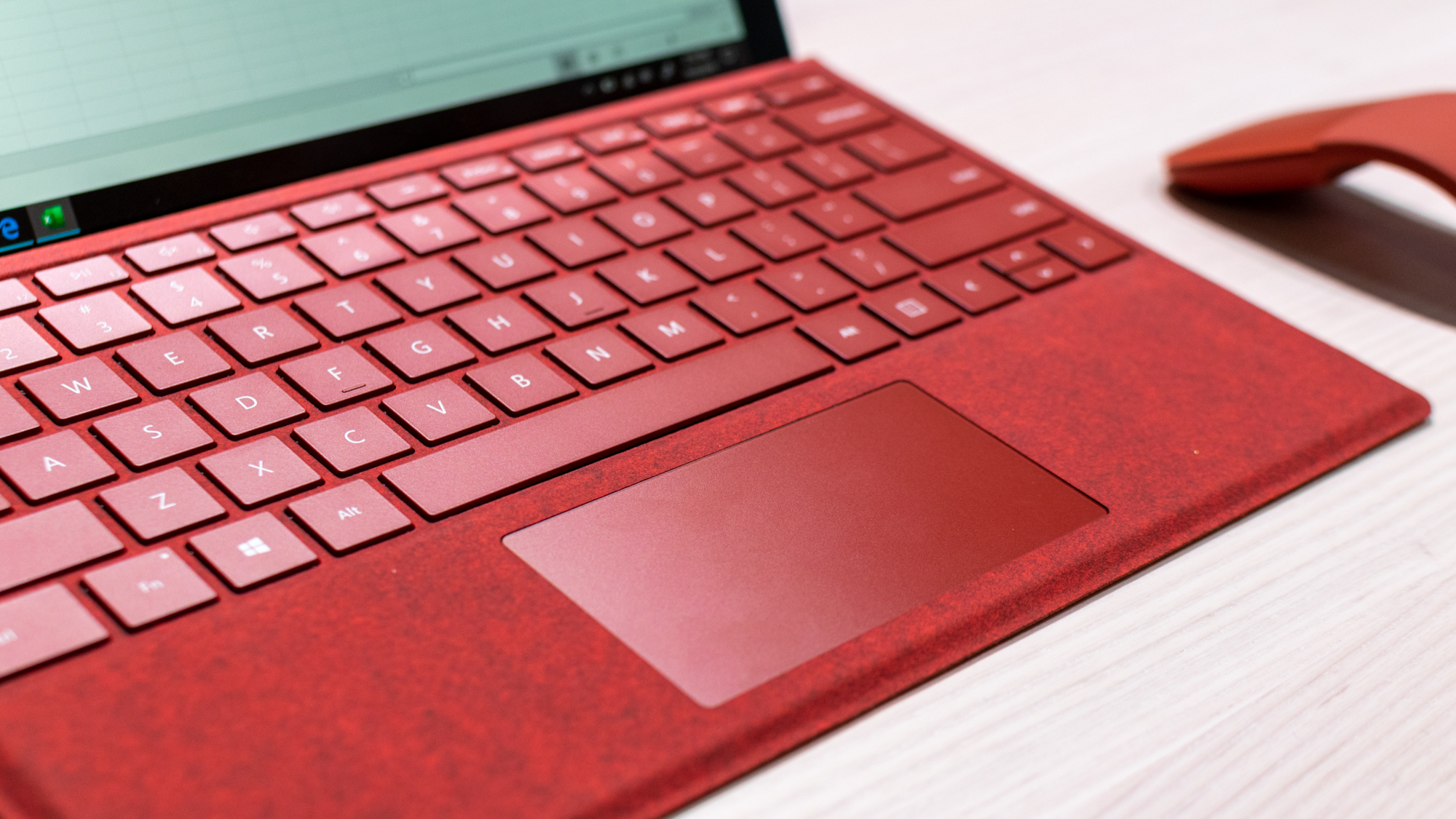
The Surface Pro 7 will come in Core i3, i5 and i7 variants, and the version we tried featured an quad-core Intel Core i7-1065G7 chip. It's rather gratifying to see the Core i3 configuration added back in, after the previous generation saw the removal of the more budget-friendly Core m3 option.
It's not confirmed what the specific impact of shifting to 10nm will be, but Microsoft is claiming 2x better graphics performance from the i7 variant - thanks in part to its Iris Plus integrated graphics. Unlike the other models, the i7 is fan-cooled, but we'll have to wait and see whether that's enough to combat potential throttling issues.
RAM allocations range from 4GB to 16GB of 3,733MHz LPDDR4 memory, with between 128GB and 1TB of SSD storage. Unfortunately, it's hard to get a true sense of how performant the Pro 7 is based on the limited time we had with the device, but as one of the first real tastes of Intel's long-awaited 10nm chips, there's a significant weight of expectation on its shoulders.
Microsoft Surface Pro 7 hands-on review: Ports and features
A new generation of Intel silicon is certainly exciting, but in truth, we're at least as excited about the other major change - the one that we alluded to earlier. That's right, Microsoft has finally joined the rest of us in the year 2019 and added USB-C to the Surface range. Replacing the old (and somewhat obsolete) Mini DisplayPort connector, the Pro 7 now has a USB-C 3.1 Gen2 connector, while also gratifyingly keeping the full-size USB-A port as well.
The USB-C port doesn't support Thunderbolt 3, sadly - Microsoft is still steering customers towards its proprietary Surface-branded docking stations for high-speed data transfer - but it does provide the full gamut of power, data and display transfer capabilities. This is a huge feature for businesses in particular, enabling agile working and hot-desking scenarios as well as allowing for increased consolidation of peripherals and connectors. The previous Surface got a well-deserved dressing-down for omitting USB-C, so it's gratifying to see Microsoft finally coming to its senses.
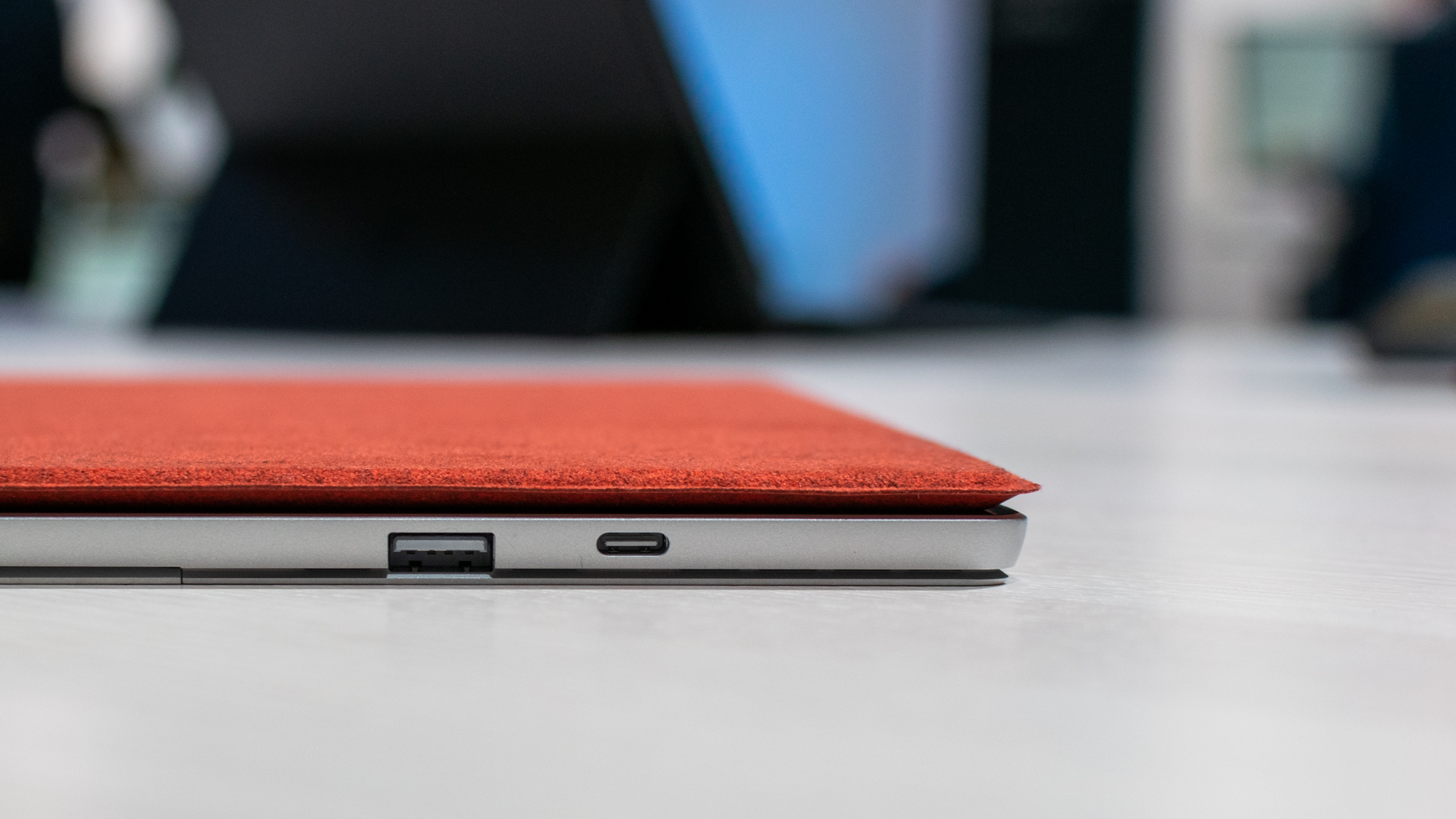
Elsewhere, there are two new 'Studio Mics' - a pair of far-field microphones designed to hone in on speech while eliminating background noise, for the purposes of improving the quality of things like video calls. Again, this will be a bigger relief to business users than anyone else. Improved stylus support has also been introduced to Office 365 alongside the Surface Pro 7, allowing users to write directly into Excel spreadsheets and edit word documents via inked notations - but these aren't necessarily specific to the Pro 7.
Microsoft Surface Pro 7 hands-on review: Early verdict
In many ways, the Surface Pro 7 feels like an indication that Microsoft has reached the limits of what it can do with the traditional Surface Pro design. While Intel's 10th-gen processors could offer a substantial performance boost, outside of the internal hardware, the iterative changes are getting smaller and less impactful with each successive generation. With the introduction of USB-C, Microsoft has fixed the Surface Pro's only real flaw, which begs the question - where is there to go?
The newly-announced Surface Neo and Surface Pro X may provide some clue as to the answer, but while the Surface Pro 7 may represent the culmination of Microsoft's flagship range, it still looks like an outstanding piece of hardware. It will have to prove its mettle in our benchmarks before we can say for certain, but ba
| Processor | 10th-gen Intel Core i3-1005G1/Core i5-1035G4/Core i7-1065G7 |
| RAM | 4GB/8GB/16GB RAM |
| Dimensions | 292 x 201 x 8.3mm |
| Weight | 775kg |
| Screen size | 12.3in |
| Screen resolution | 2,736 x 1,824 |
| Graphics adaptor | Intel Iris Plus |
| Total storage | 128GB/256GB/512GB/1TB SSD |
| Operating system | Windows 10 Home |
Adam Shepherd has been a technology journalist since 2015, covering everything from cloud storage and security, to smartphones and servers. Over the course of his career, he’s seen the spread of 5G, the growing ubiquity of wireless devices, and the start of the connected revolution. He’s also been to more trade shows and technology conferences than he cares to count.
Adam is an avid follower of the latest hardware innovations, and he is never happier than when tinkering with complex network configurations, or exploring a new Linux distro. He was also previously a co-host on the ITPro Podcast, where he was often found ranting about his love of strange gadgets, his disdain for Windows Mobile, and everything in between.
You can find Adam tweeting about enterprise technology (or more often bad jokes) @AdamShepherUK.
-
 UK government confirms October cyber breach: Everything we know so far
UK government confirms October cyber breach: Everything we know so farNews Details around Foreign Office hack remain sparse and government says it's unclear who is behind the attack
-
 Data center investment reached a record $61 billion this year
Data center investment reached a record $61 billion this yearNews Hyperscaler expansion, private equity interest, and a surge in debt financing are behind skyrocketing investment levels
-
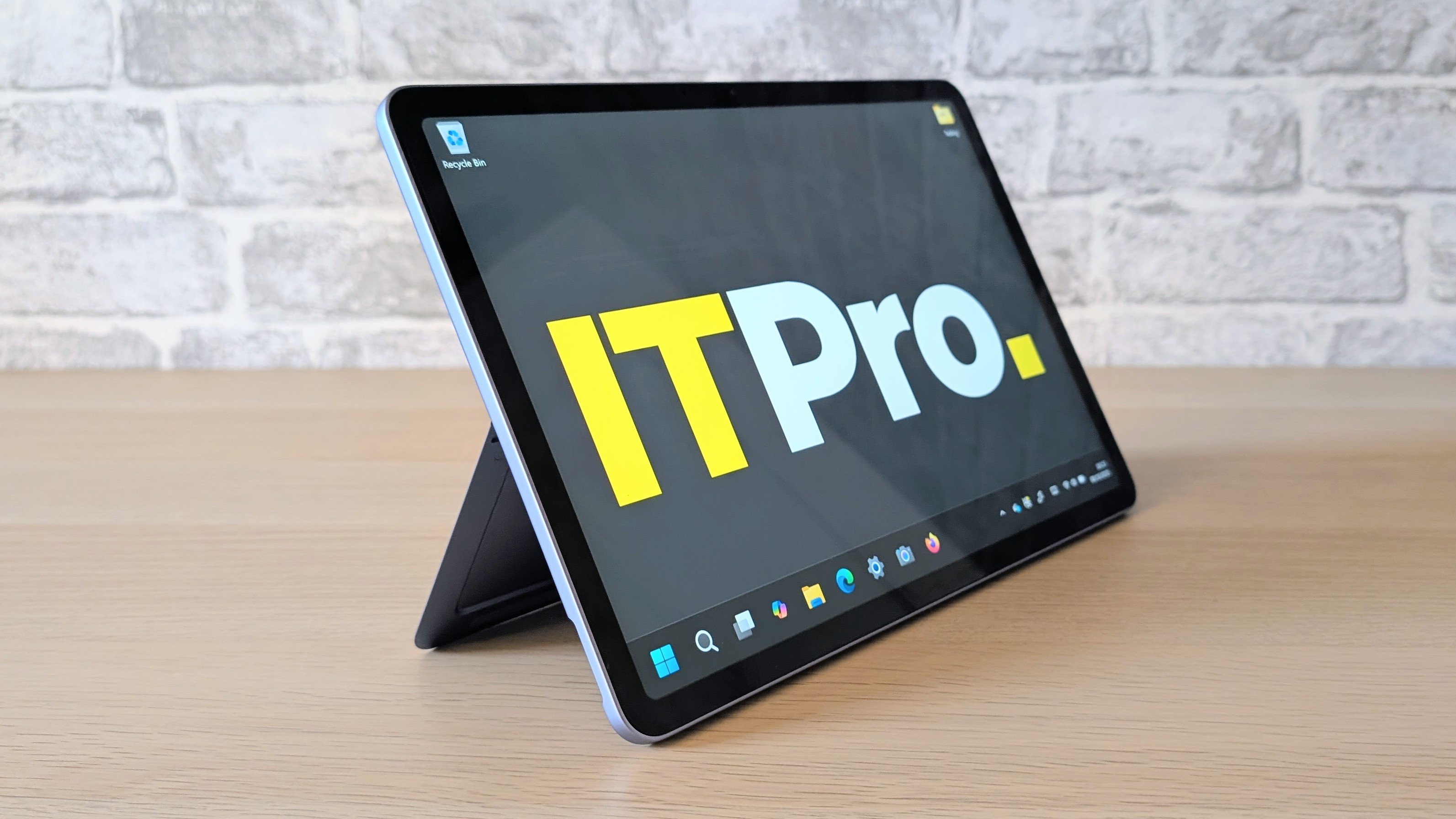 The Microsoft Surface Pro 12in is painfully expensive with keyboard and pen – but it's a tremendously versatile Windows device
The Microsoft Surface Pro 12in is painfully expensive with keyboard and pen – but it's a tremendously versatile Windows deviceReviews The newest Surface Pro tablet is compact, light, powerful, and good value (on its own)
-
 Microsoft targets enterprises with new Intel-powered Surface devices – but they come with a hefty price tag
Microsoft targets enterprises with new Intel-powered Surface devices – but they come with a hefty price tagNews Microsoft has unveiled the launch of the new Surface Pro 11 and Surface 7 laptop devices with Intel chips.
-
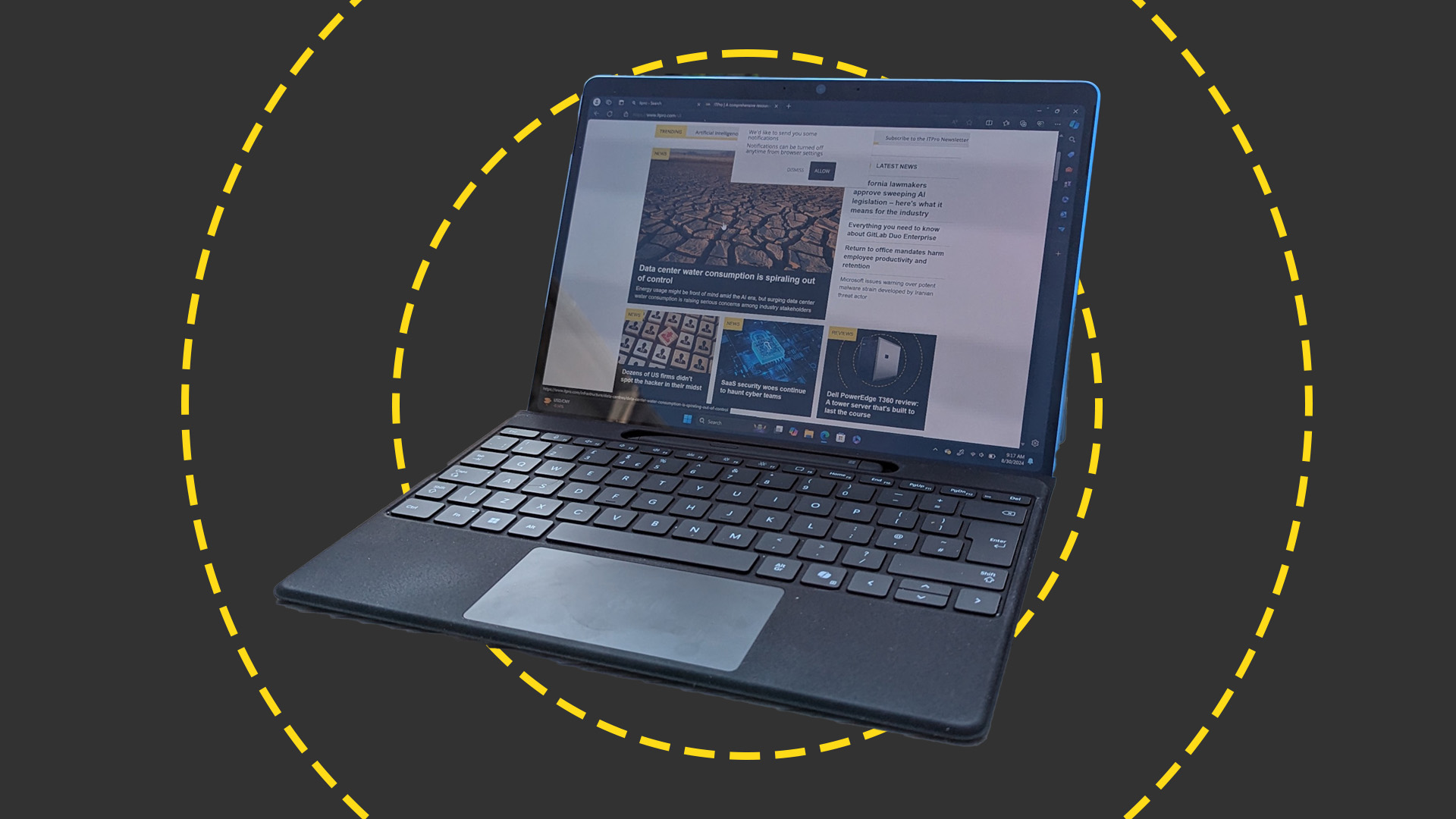 Microsoft Surface Pro 11 review: Microsoft's cool convertible has found its moment
Microsoft Surface Pro 11 review: Microsoft's cool convertible has found its momentReviews The Surface Pro has long had its design and usability in shape, but now it has the internal hardware to match – the result is a fantastic ultraportable PC
-
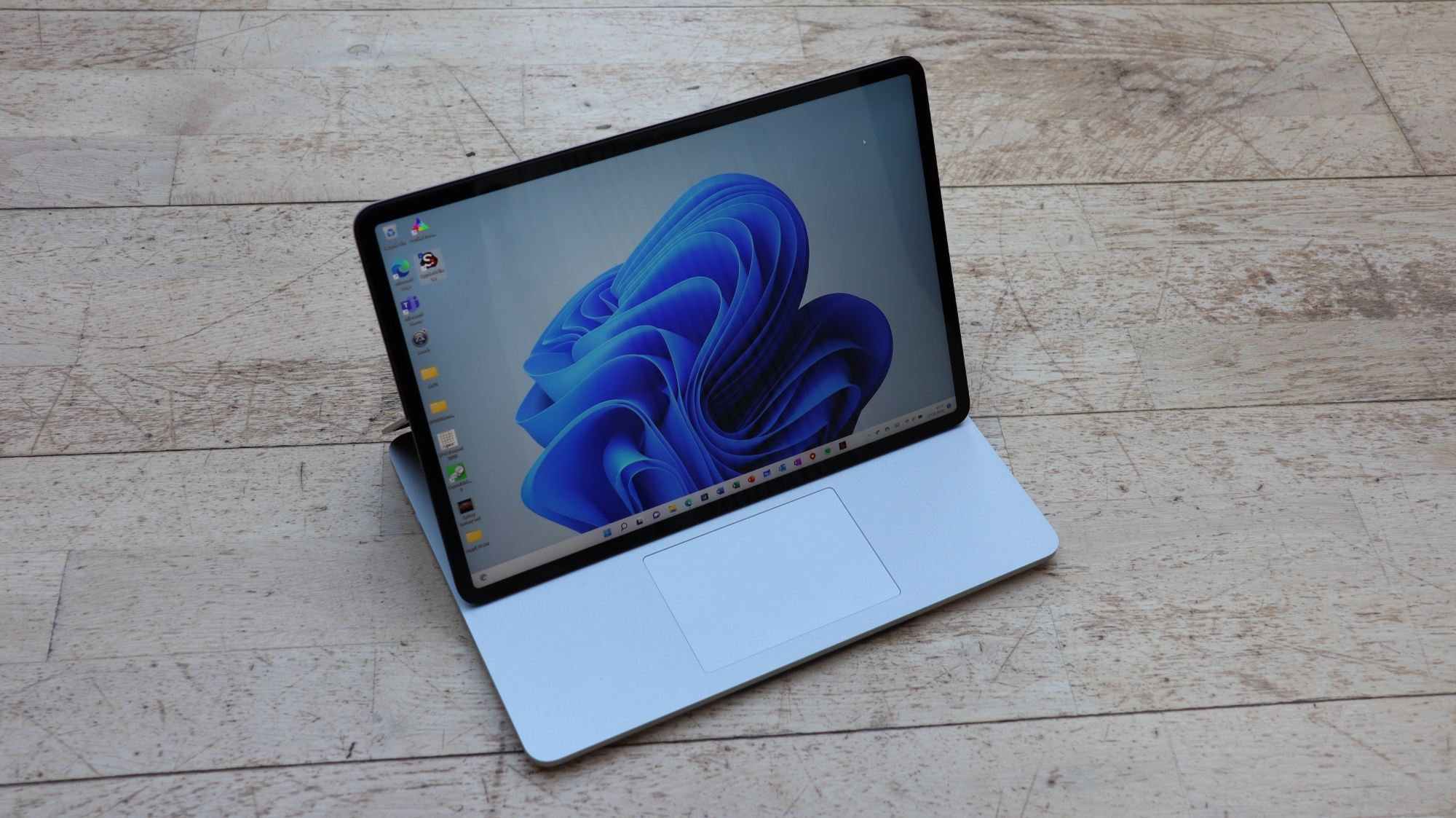
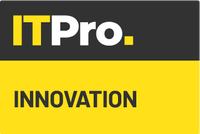 Microsoft Surface Laptop Studio review: The multi-function notebook comes of age
Microsoft Surface Laptop Studio review: The multi-function notebook comes of ageReviews A notebook, a presentation system and a tablet, all rolled into one
-
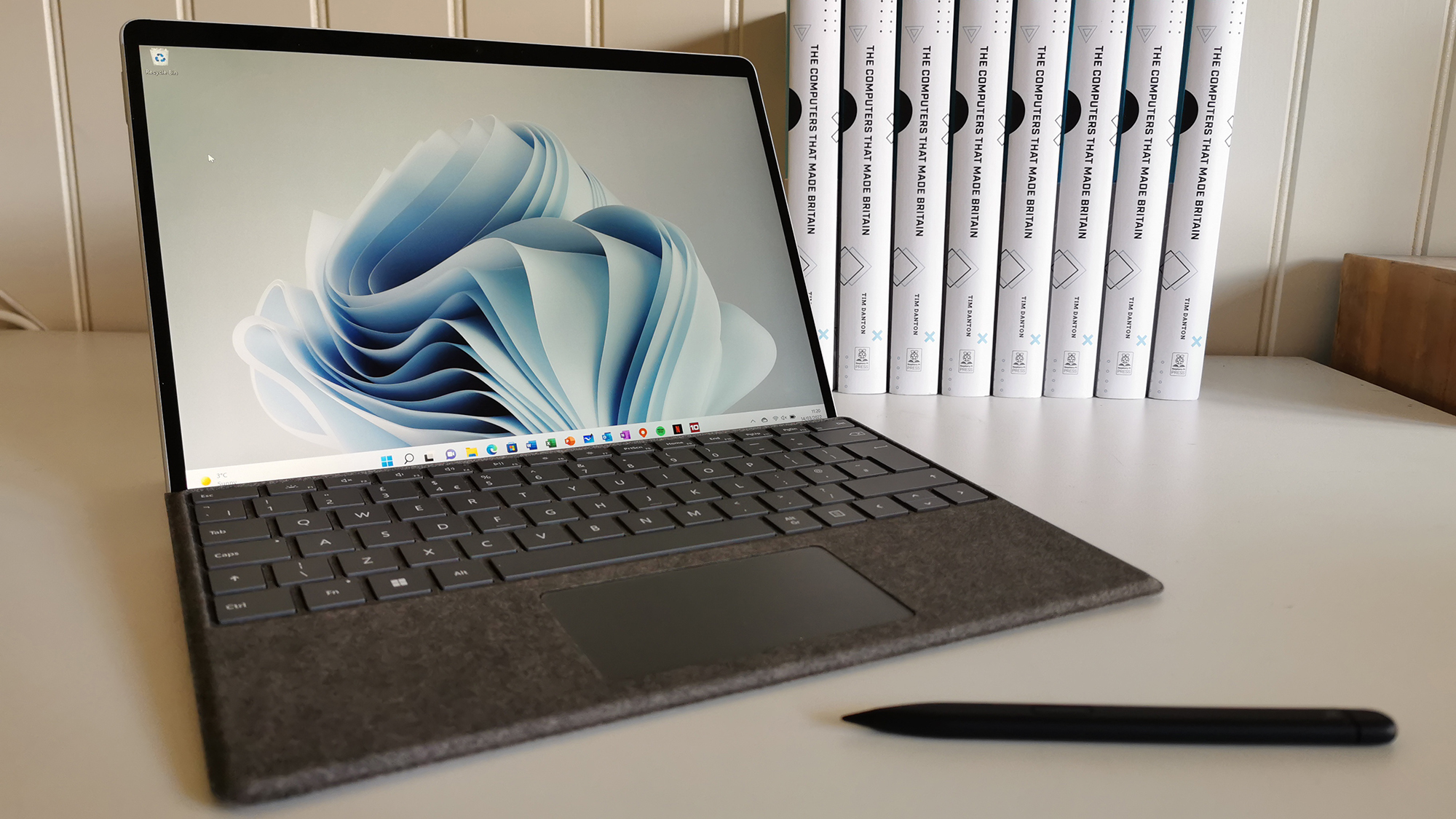 Microsoft Surface Pro 8 for Business review: Surprisingly snappy
Microsoft Surface Pro 8 for Business review: Surprisingly snappyReviews A substantial upgrade over the Surface Pro 7 and 7+, but quality like this doesn’t come cheap. See if this device is for you in our Surface Pro review
-
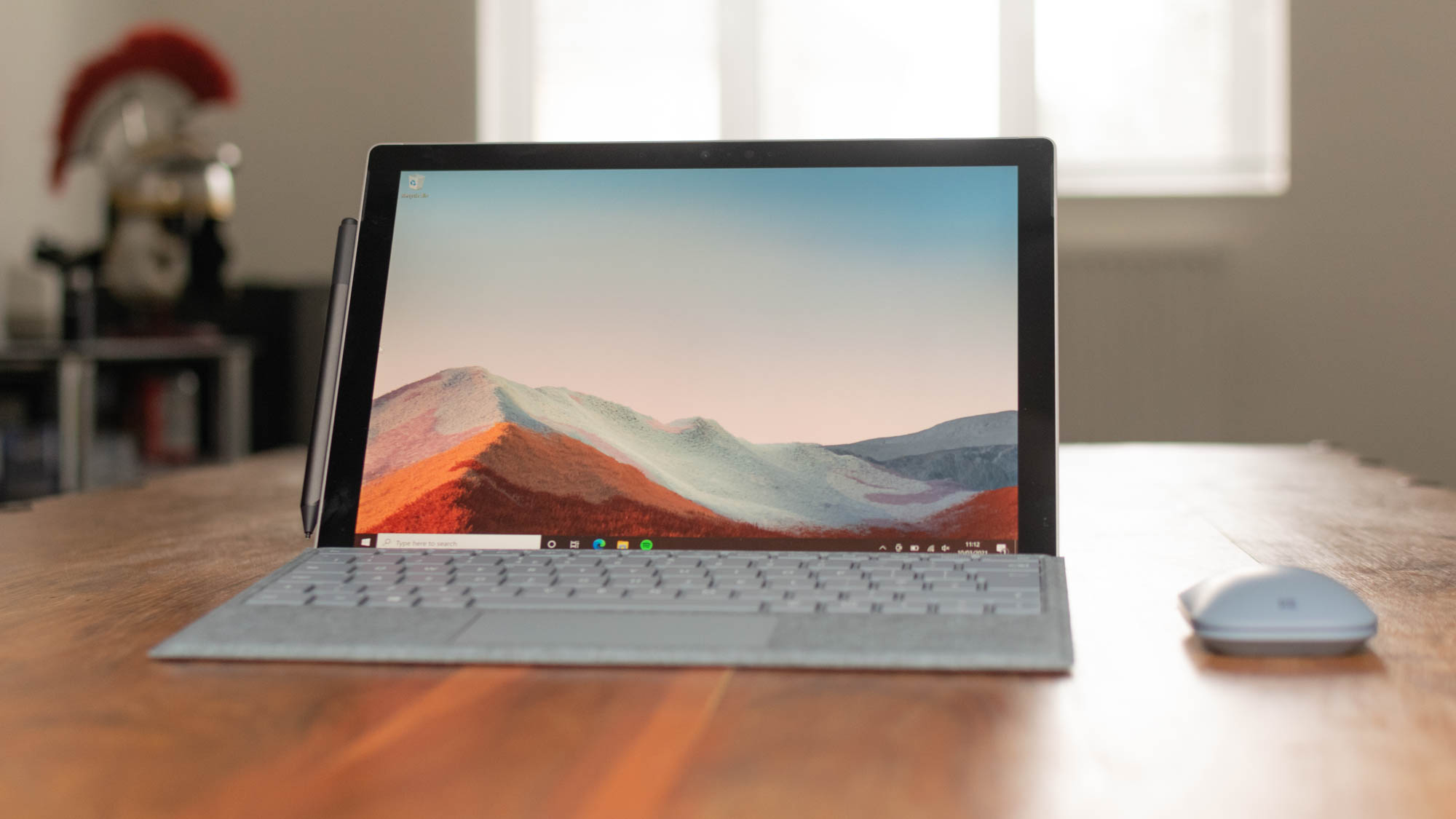 Microsoft Surface Pro 7+ review: More minus than plus
Microsoft Surface Pro 7+ review: More minus than plusReviews This mid-generation upgrade takes two steps forward and one step back
-
 Microsoft Surface Laptop 3 15in review: Ryzen falls
Microsoft Surface Laptop 3 15in review: Ryzen fallsReviews The new, embiggened version of Microsoft’s ultraportable is slickly designed, but falls behind the 13.5in model in multiple metrics
-
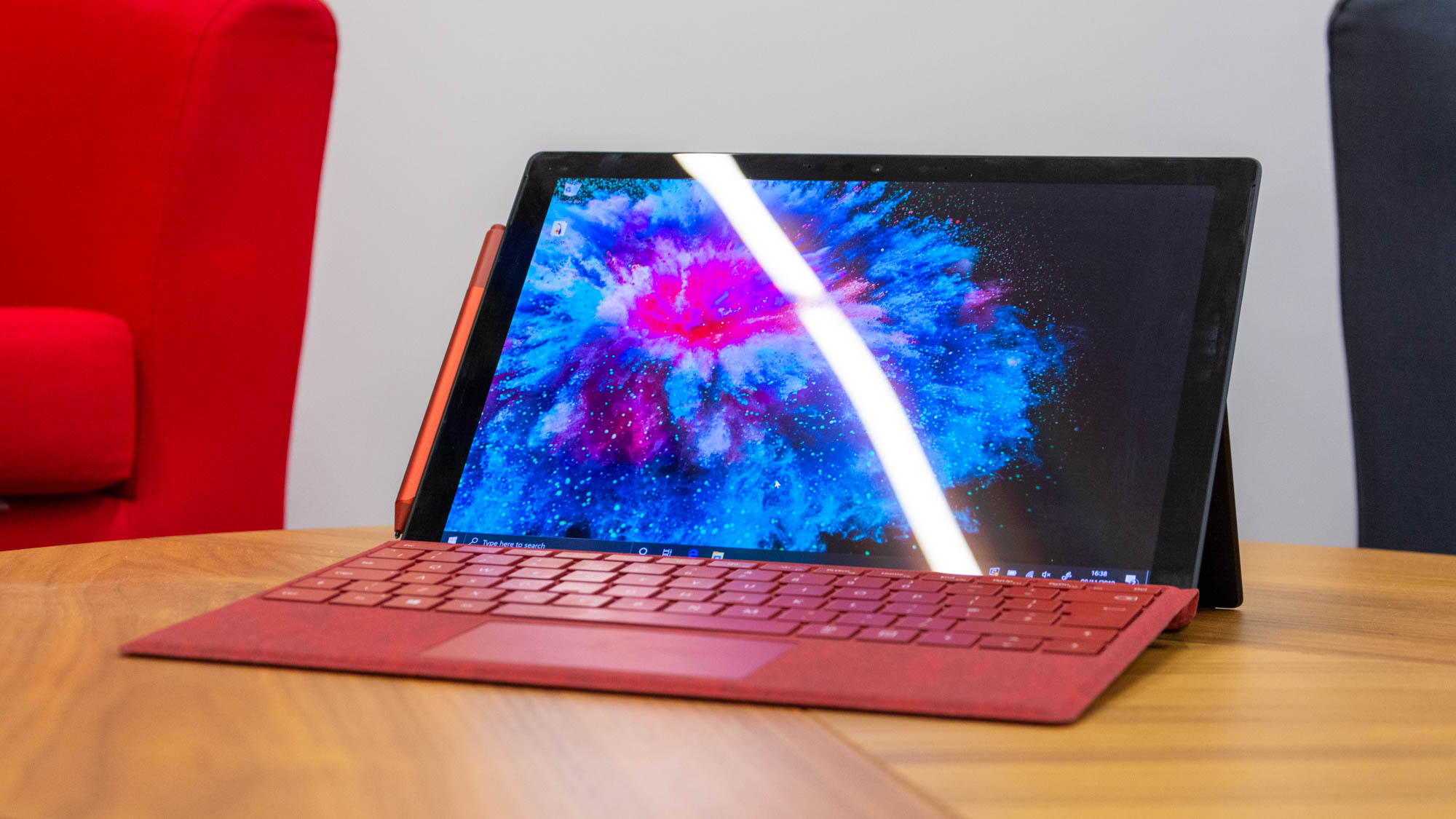
 Microsoft Surface Pro 7 review: Slightly faded glory
Microsoft Surface Pro 7 review: Slightly faded gloryReviews The newest Surface Pro is great - just not as great as it used to be
